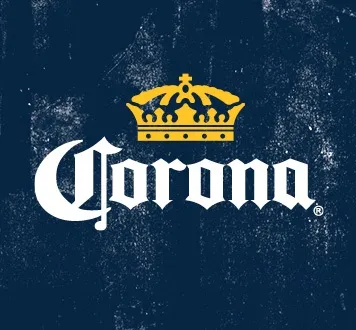

Unlike Victoria, it was better with lime.

Not that anyone’s complaining - if it keeps inspiring new brews over at Pacifico, we’re content not knowing.Not the worst but a bit too much of that cloying grain flavor not present in Victoria. (Some stories even say that it was a lemon!) Whatever the real explanation, the association is now fully cemented among fans of Mexican cerveza. As the story goes, in 1981, a bartender in California made a bet with a friend that he could kick start a new trend by shoving a lime into a bottle of beer. The lime-and-Mexican beer origin has one final theory, a slightly more contemporary explanation. “This pairs really well with seafood, fish tacos, tangy cheeses, salty snacks, and a variety of traditional dishes,” she says. It also complements the SoCal and Mexican food scenes. “We combined the inspiration of Baja’s agave farms, the sea salt of coastal towns, and the limes in Mexico to create this,” Herrmann says. Pacifico Citrus Agave Lager is the synthesis of all of these innovations, building on a brand history that dates back to the 1970s, when SoCal surfers in Baja started discovering Pacifico’s beer at local bars and bringing it back to the US in vans. “Agave is very trendy in the mixology world, but we wanted to repurpose it in a classic way in Pacifico Citrus Agave Lager” says Katie Herrmann, a senior brand manager at Pacifico.

Eventually, it made its way into beer as brewers expanded their ingredient choices to build new flavors.

As the Aztecs knew, agave nectar is rich in simple sugars, making it highly fermentable. Photo: Shutterstock Design: Marissa DicksonĪs for the other flavor in Pacifico’s latest release, agave, that claimed its own place in Mexican drinking history as the main ingredient in tequila. Whatever the reason, the trend caught on. Wiping the rim with a lime wedge became the typical way to remove this. Another theory: Old-school beer bottles were sealed with metal caps that didn’t have a plastic liner, which could leave a ring of rust on the rim of the bottles. The flavor combo just happened to work, so it stuck. So if it wasn’t an ancient disinfectant, when did limes become associated with Mexican beer? Several theories have been floated: One idea is that bartenders at beachside or open-air bars would stick a lime in the rim of a bottle to keep flies away from the beer’s sugars. (Among these was Pacifico, founded by three German brewers in Mazatlan in 1900.) Beer didn’t arrive in Mexico until the 1800s, when German immigrants came to settle and brought their favorite industry with them. Beer wasn’t available either, but fermented drinks did exist, including pulque, made from fermented agave nectar (the same flavor you’ll find in Pacifico’s Citrus Agave Lager). For one, limes didn’t make it to Mexico until European colonization. Unfortunately, this probably isn’t the case. This leads to a bit of an urban legend: that ancient Mesoamericans used limes as a sort of antibacterial, utilizing the fruit’s acidity to kill germs. Of course, at Thrillist, we don’t need a reason to do a deep dive into food and drink history, but the release of Pacifico’s latest lime-y, Mexican-inspired brew, Citrus Agave Lager, available in San Diego and Dallas, gave one more excuse to dive into this history.įor starters, Mexico is the world’s largest producer of limes. This pairing is delicious, of course - slightly tangy, crisp, and refreshing - but its ubiquity made us wonder how this match made in beer-drinking heaven came to be. And that means the return of a perennial favorite, a combination you’ve surely seen in bars, on ads, and presumably have tried for yourself: the duo of Mexican lagers and a lime wedge. Summer is finally here! Or at least, it’s about to be.


 0 kommentar(er)
0 kommentar(er)
